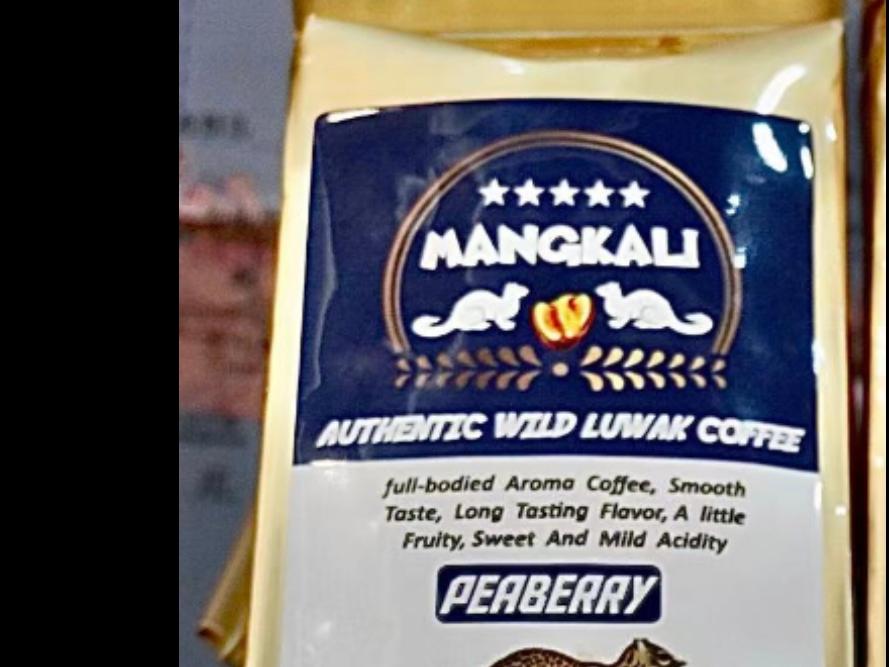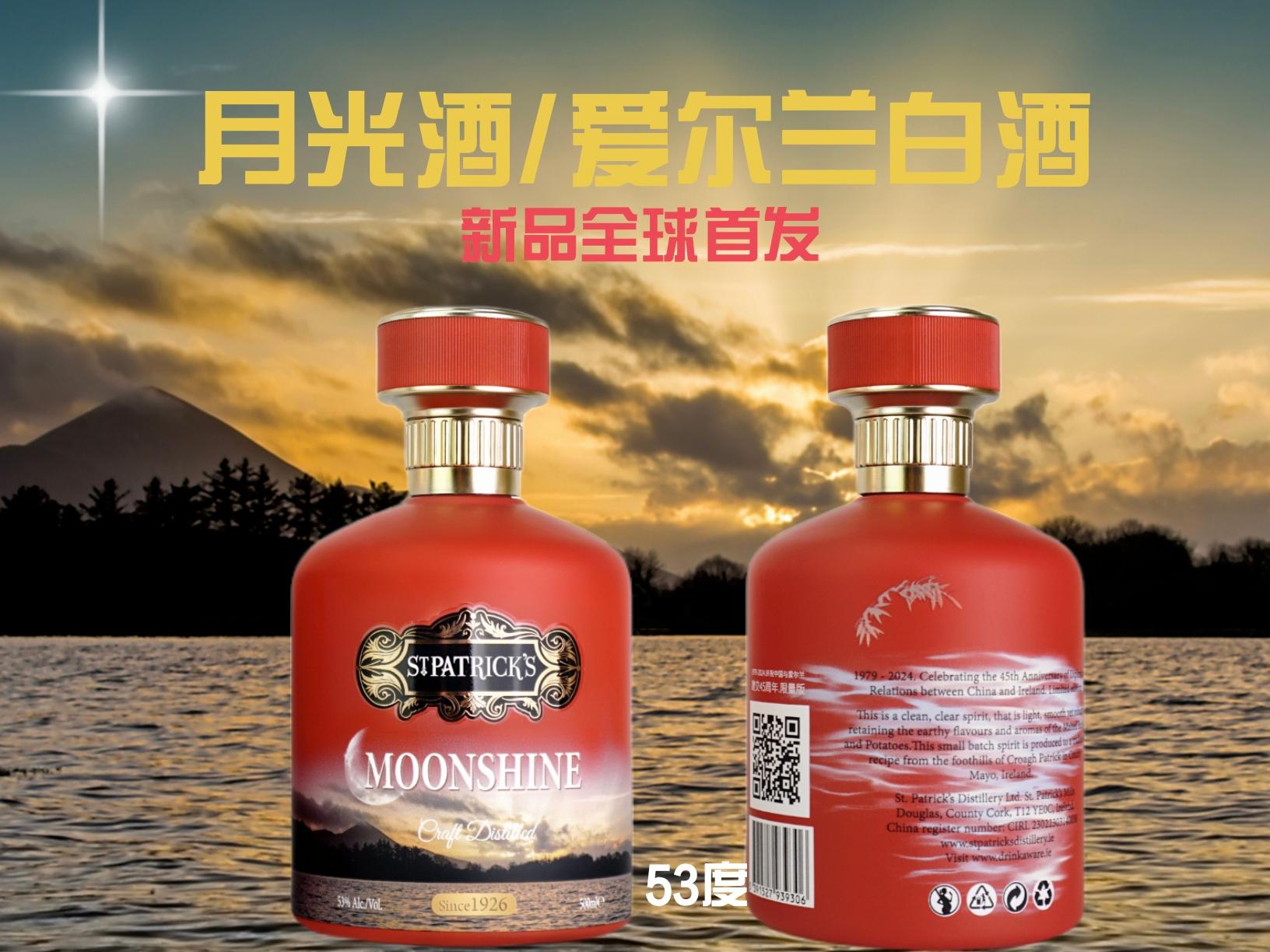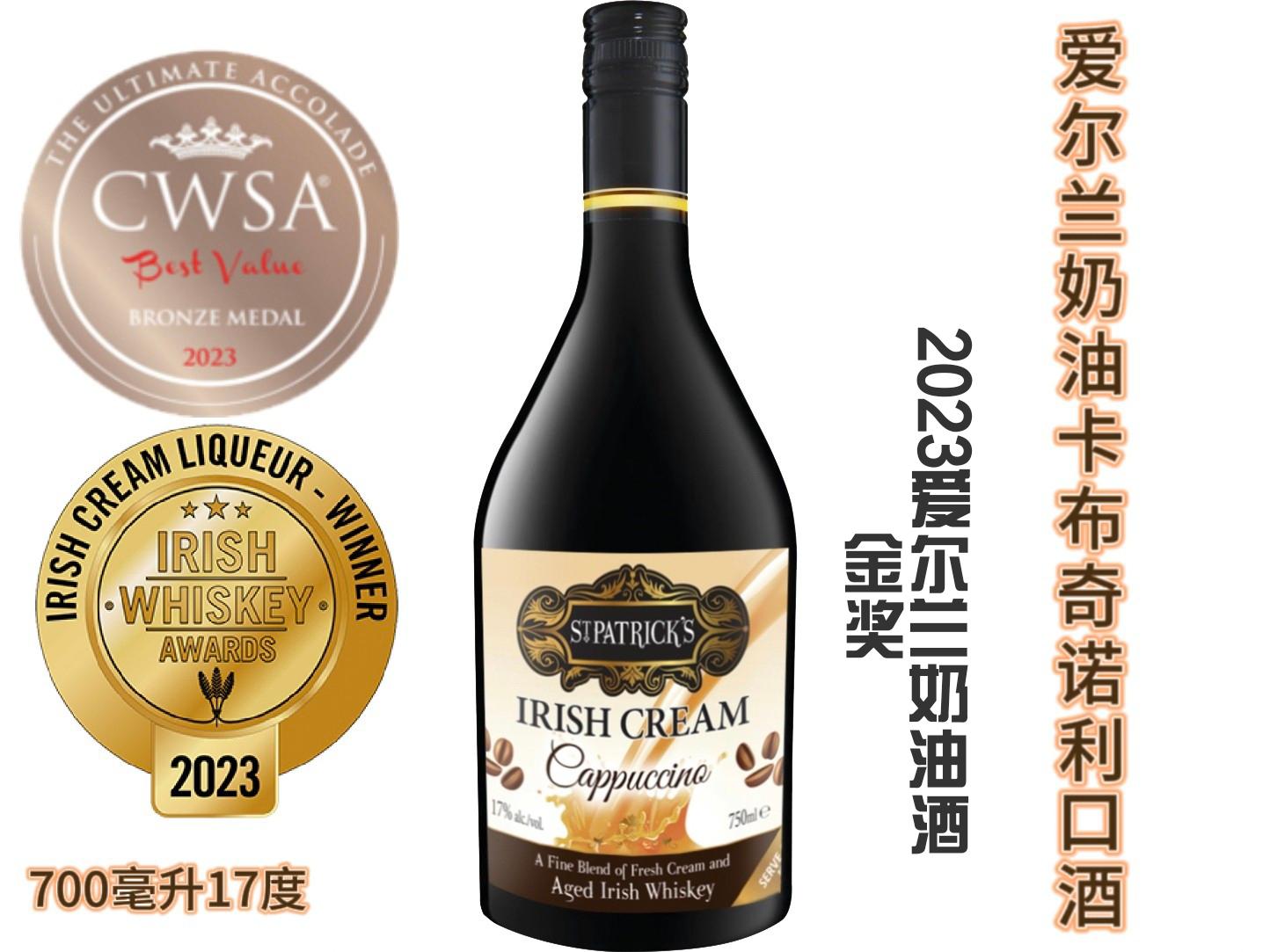Material/Composition: Vietnamese chili peppers belong primarily to the Capsicum annuum and Capsicum frutescens species. They are rich in capsaicin, the compound responsible for their heat, and contain essential oils that contribute to their distinctive aroma. The chilies are also high in vitamins A and C. They come in various forms, including fresh, dried, and ground into powders.
Visual Characteristics: Fresh Vietnamese chilies are small to medium-sized, with a bright, vibrant color that can range from green to red or yellow, depending on the ripeness. The peppers are typically smooth and glossy. Dried chilies are wrinkled and darker, often turning a deep red or brown. Ground chili powder is fine and reddish-brown, reflecting the color of the dried peppers.
Main Application: Vietnamese chilies are extensively used in Vietnamese cuisine to add heat and flavor. They are used fresh in dishes like "pho" (noodle soup), "banh xeo" (Vietnamese pancakes), and various salads and dipping sauces. Dried chilies are often ground into chili powder and used in marinades, spice blends, and cooking sauces. Additionally, chili-based condiments like "tuong ot" (chili sauce) and "sriracha" are popular and used to enhance the flavor of various dishes.
Historical and Cultural Significance: Chilies were introduced to Vietnam from the Americas through the Columbian Exchange in the 15th to 16th centuries. They rapidly integrated into Vietnamese cuisine and have become essential to the country's culinary identity. Vietnamese chili peppers have influenced local food culture, shaping traditional dishes and flavor profiles.
Preservation and Handling: To maintain their freshness, fresh Vietnamese chilies should be stored in the refrigerator. Dried chilies and chili powders should be kept in an airtight container, away from light and moisture, to preserve their potency and flavor. Proper storage ensures that the chilies remain flavorful and retain their characteristic heat over time.
chili
展商:DIEU PHU IMPORT EXPORT COMPANY LIMITED
原产国/地区:越南
Material/Composition: Vietnamese chili peppers, predominantly from the Capsicum annuum and Capsicum frutescens varieties, are known for their distinctive heat and flavor. These chilies contain capsaicin, the compound responsible for their spiciness, and various essential oils that contribute to their unique aroma. Vietnamese chilies come in different varieties, including red, green, and yellow, and can be used fresh, dried, or ground into chili powder. Visual Characteristics: Fresh Vietnamese chilies are typically small to medium in size, with a vibrant red, green, or yellow color. They are often elongated and have a smooth, glossy surface. When dried, they become wrinkled and darken in color. Chili powder made from these peppers is a fine, reddish-brown spice with a strong, pungent aroma. Main Application: Vietnamese chilies are a fundamental ingredient in Vietnamese cuisine, used to add heat and depth of flavor to a variety of dishes. They are commonly used in dishes such as pho (noodle soup), banh xeo (savoury pancakes), and various stir-fries and sauces. Fresh chilies are often used in salads and dipping sauces, while dried chilies and chili powders are used in marinades and as seasoning. Vietnamese chili sauce, such as “tuong ot” or “sriracha,” is also popular and used as a condiment. Historical and Cultural Significance: Chilies were introduced to Vietnam from the Americas during the Columbian Exchange in the late 15th to early 16th centuries. They quickly became integral to Vietnamese cuisine, influencing the country's culinary practices and flavor profiles. Chilies are now deeply embedded in Vietnamese food culture, with a significant role in traditional and modern dishes.





